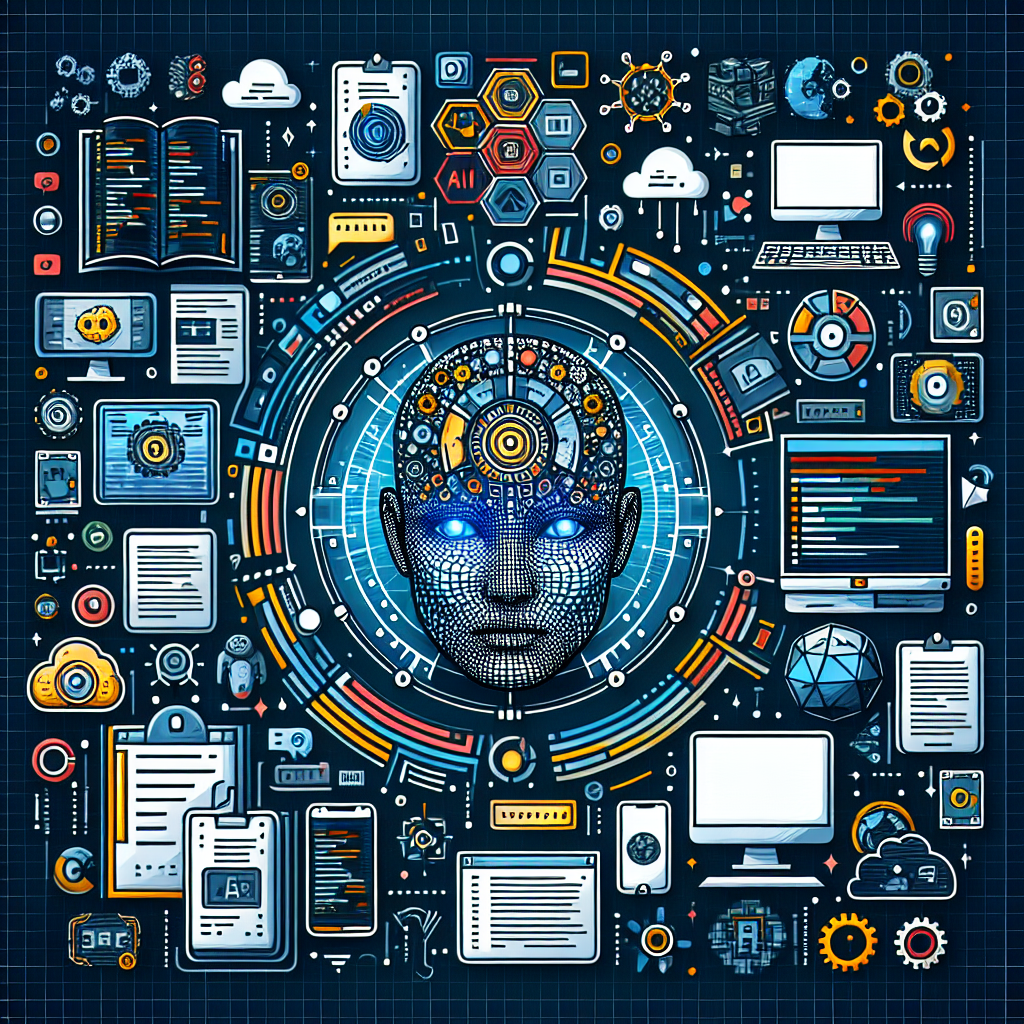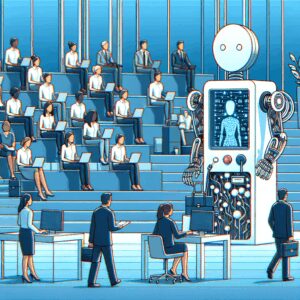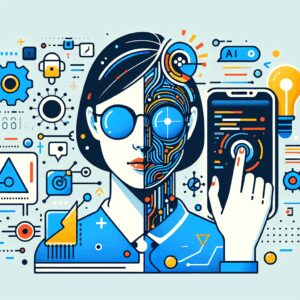The Rise of AI Coding: Revolutionizing Software Development
In the rapidly evolving landscape of technology, artificial intelligence (AI) is making *significant* strides in various domains. One area where AI is poised to create a seismic shift is in software development. As we stand on the cusp of a new era, the potential for AI to revolutionize coding practices and accelerate the creation of digital solutions is becoming increasingly apparent. This article delves into the transformative power of AI coding, exploring its current capabilities, future potential, and the implications for businesses and developers alike.
The Dawn of AI-Powered Coding
The concept of AI-assisted coding isn’t entirely new, but recent advancements have catapulted it into the spotlight. We’re witnessing a paradigm shift where AI is not just a tool for debugging or code completion, but a collaborative partner in the entire development process. This evolution is best encapsulated by the bold prediction from the Starter Story Build video:
“Over the next decade, AI coding is going to change the world. Eventually, in minutes, there will be AI agents that can build you anything you want and you won’t even have to write a single line of code.”
Starter Story Build
This statement underscores the potential for AI to democratize software development, making it accessible to individuals without traditional coding backgrounds. It’s a vision that challenges our current understanding of what it means to be a developer and opens up new possibilities for innovation and creativity.
The Current State of AI Coding
While we may not yet have reached the point of AI agents building complex applications in minutes, the progress made in AI-assisted coding is remarkable. Today’s AI coding tools can generate code snippets, automate repetitive tasks, and even suggest optimizations for existing codebases. This technological leap is reflected in market trends, with Technology Trends Report 2024 indicating that AI adoption in software development has increased by 45% since 2023.
The impact of these tools is already being felt across industries. According to Business Analytics Quarterly, 73% of businesses implementing AI coding strategies see improved performance within 6 months. This statistic highlights the tangible benefits that AI brings to the development process, from increased efficiency to faster time-to-market for new products.
Bridging the Gap: From Traditional Coding to AI Collaboration
The journey from traditional software engineering to AI-assisted development is not just about technological advancement; it’s about a fundamental shift in approach. This transition is exemplified by the experience shared in the Starter Story Build video:
“I’ve learned how to leverage the power of AI. I’ve turned into a vibe coder and built over 50 different projects in the last 6 months, all with AI tools.”
Starter Story Build
This transformation from a non-technical individual to a prolific project creator underscores the potential of AI to lower the barriers to entry in software development. It’s a testament to the power of AI to augment human creativity and problem-solving skills, rather than replace them entirely.
The Methodology of AI-Assisted Development
As AI coding tools become more sophisticated, developers are adapting their methodologies to make the most of these new capabilities. The approach outlined in the Starter Story Build video provides insight into this evolving process:
“The plan is start off with an idea, break it down into smaller pieces. Based off of that, I will create some project documentation that I will be able to reference throughout the build.”
Starter Story Build
This structured approach to AI-assisted development emphasizes the importance of clear planning and documentation. It suggests that while AI can handle much of the coding work, human input remains *crucial* in conceptualizing projects and guiding their overall direction.
The Impact on Business and Industry
The rise of AI coding is not just a technological curiosity; it’s a trend with far-reaching implications for businesses across sectors. Enterprise Technology Survey 2024 reveals that companies utilizing AI coding technologies report 28% higher efficiency rates. This increased efficiency translates to faster development cycles, reduced costs, and the ability to bring innovative products to market more quickly.
“The integration of AI has become *essential* for companies looking to remain competitive in today’s market.”
Lisa Chen, Strategic Business Consultant at Innovation Partners LLC
This sentiment is echoed across industries, as businesses recognize the competitive advantage that AI-assisted development can provide. The ability to rapidly prototype, iterate, and deploy software solutions is becoming a key differentiator in the digital economy.
Challenges and Considerations
While the potential of AI coding is immense, it’s not without its challenges. Issues of code quality, security, and the need for human oversight remain *important* considerations. As AI tools become more prevalent, there’s also the question of how traditional software engineering roles will evolve.
“The future of AI coding lies in understanding the intersection of technology and human behavior.”
Dr. Sarah Mitchell, Technology Innovation Specialist at MIT Technology Review
This perspective highlights the need for a balanced approach that leverages AI’s capabilities while still valuing human expertise and creativity. As AI coding tools continue to advance, the role of developers may shift towards higher-level problem-solving, system architecture, and ensuring ethical AI implementation.
The Economic Landscape of AI Coding
The economic impact of AI coding is *significant* and growing. According to Market Research International, global spending on AI coding solutions is projected to reach $2.4 billion by 2025. This substantial investment reflects the confidence that businesses have in the transformative potential of AI-assisted development.
Furthermore, Industry Research Institute 2024 predicts that the AI coding market is expected to grow by 15.3% annually through 2025. This rapid growth is driven by increasing demand for efficient software development processes and the continuous improvement of AI technologies.
Looking to the Future
As we look ahead, the trajectory of AI coding points towards even greater integration and capability. The vision of AI agents capable of building complex applications in minutes may not be far off, and with it comes the potential for unprecedented innovation and productivity.
“What we’re seeing with AI coding is not just a trend, but a fundamental shift in how industries operate.”
Michael Thompson, Senior Industry Analyst at Global Business Insights
This shift will likely lead to new paradigms in software development, where the lines between developer, designer, and end-user become increasingly blurred. As AI takes on more of the technical heavy lifting, human creativity and strategic thinking will become even more valuable.
Conclusion
The rise of AI coding represents a transformative moment in the world of software development. From increasing efficiency and accessibility to reshaping entire industries, the impact of AI-assisted coding is profound and far-reaching. As we move forward, the key to success will lie in embracing these new technologies while also recognizing the enduring value of human insight and creativity.
For businesses and individuals alike, now is the time to explore the possibilities of AI coding. Whether you’re a seasoned developer looking to enhance your toolkit or a non-technical entrepreneur with a vision, AI coding tools offer unprecedented opportunities to bring your ideas to life. As we stand on the brink of this new era, one thing is clear: the future of software development is here, and it’s powered by AI.





Leave a Reply